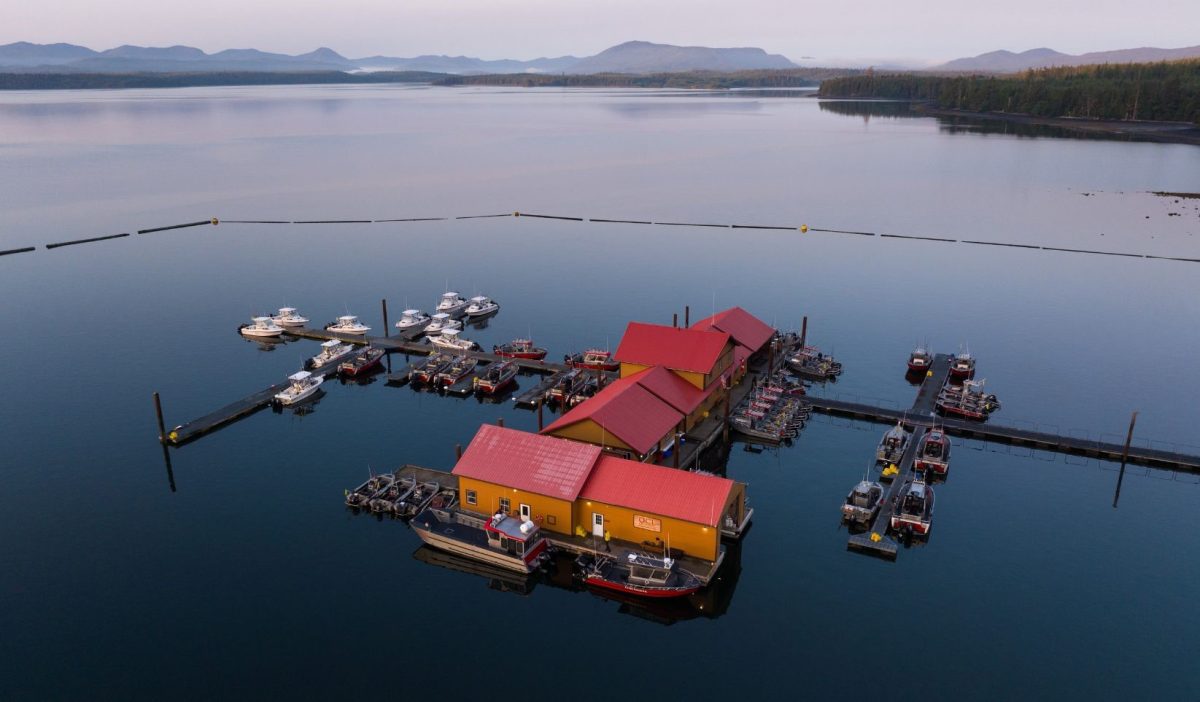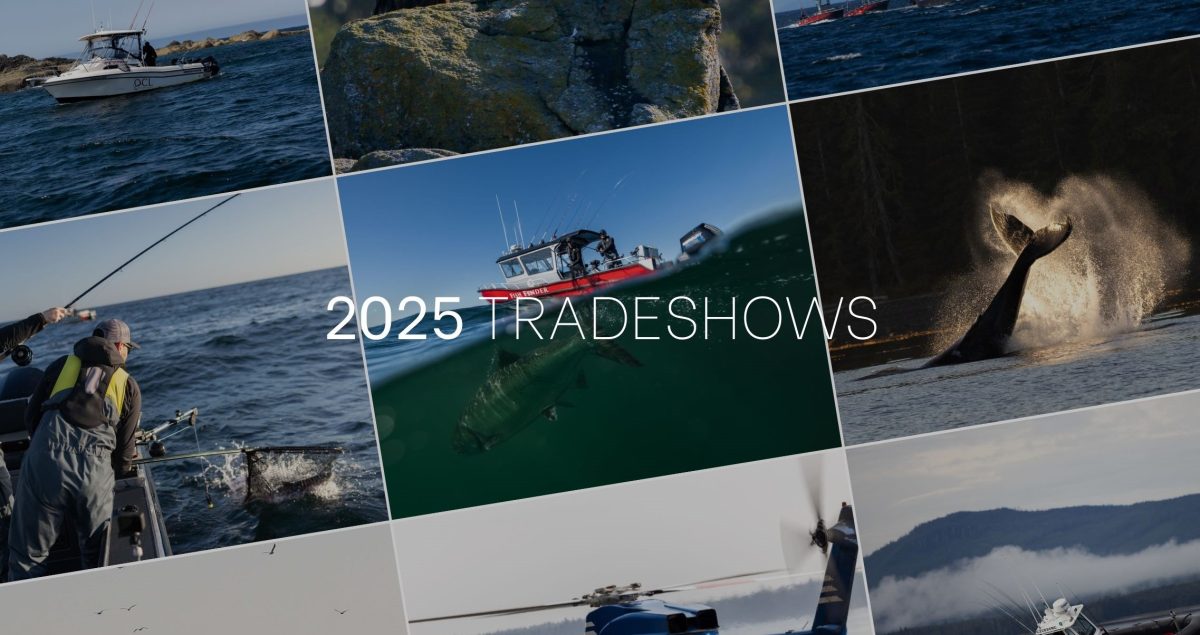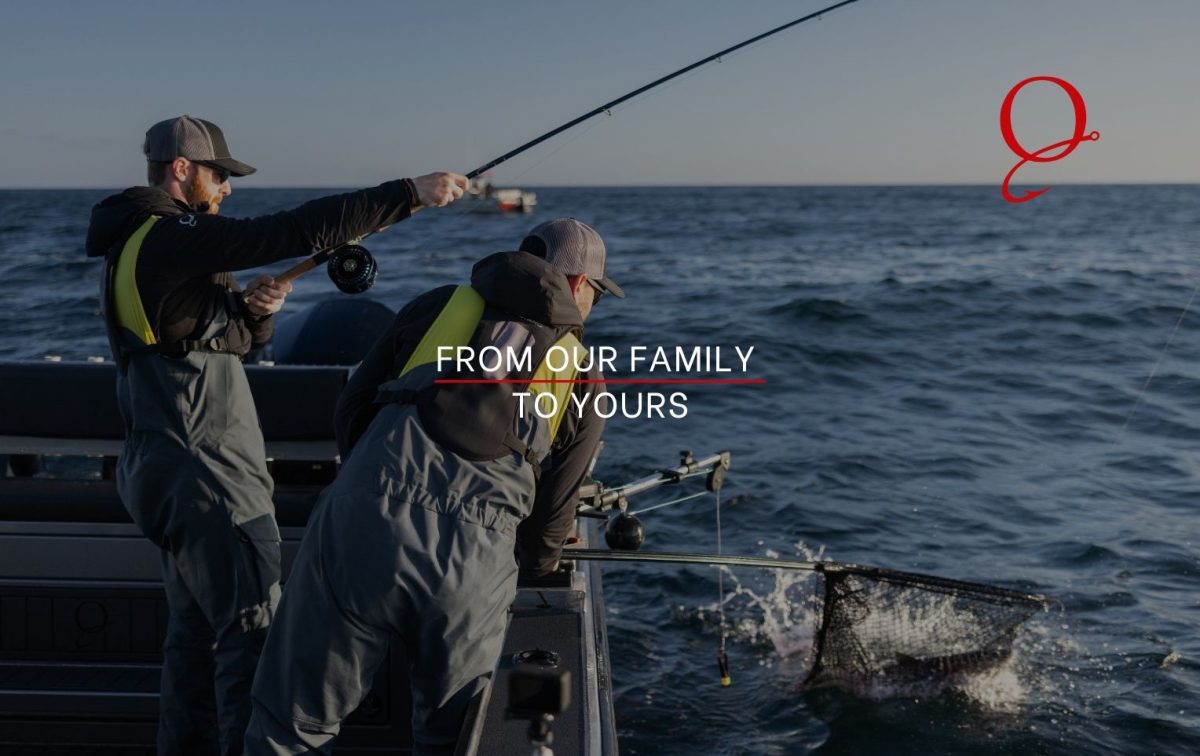Fishing is not the only wonderful part of your QCL Experience.
While it’s often what brings us all together, QCL has developed into a first-class experience that extends beyond the rods. Much of your time on the water is looking along the coastline, taking in the marine ecosystem and wildlife that seemingly puts on a daily show for us.
Our waters are frequented by majestic marine mammals such as seals, sea lions, humpbacks, orcas and from time to time porpoises. While most hangout around the rugged coastline to sunbathe or hide from predators, you’ll often encounter them swimming alongside your boat.
And the wonders don’t stop there! Low tide reveals starfish, sea urchins and more. The dark rugged rocks teem with vibrant colours.
Seals
Harbor seals are the most abundant marine mammal that can be found in our waters. They spend their days hunting for fish and sleeping on the rocks throughout our fishing grounds. They are one of the smaller species of seals, weighing in at a maximum of 300 pounds. These seals are very common around the docks at our lodge, typically you can find 6-10 of them bobbing around the waters of our dock. During the summer months they give birth to their young, which can be seen swimming around our docks with their mothers. If you ever see the harbor seals at our lodge all tucked into shore; that is a good sign that there may be Orcas around as they are a favorite prey species for transient Orcas
Steller sea lions spend their summers on the north end of Haida Gwaii where they congregate in large groups for the breeding season as well as feeding on the large populations of salmon and bait fish. You can either find them patrolling the waters of our fishing grounds in search of bait or sunbathing on the costal rocks. Stellar sea Lions are the largest species of seal in our North Pacific waters and the 4th largest species in the world with the males reaching up to 11 feet and 2,500 pounds.
Humpbacks

Humpback whales migrate north in the summers to feed in our cool productive waters after they spend their winters raising their young in the warmer southern waters. These whales can reach up to 60 feet and 36.3 metric tons. You can typically find them on the grounds searching for large schools of bait fish. They will often slap their tails, fins or fully breach out of the water as a way to communicate with other whales or as a dominance display towards rival whales. They are quite common on our grounds and it is important that we respect their space and insure that we shut our motors off when the whales are passing by to insure their safety and ours.
Orcas
Orcas can also be found hunting in our fishing grounds throughout the summers. These whales are actually the largest species of dolphin in the world measuring up to 27 feet and weigh up to 13,000 pounds. There are two ecotypes of orcas that we encounter on our fishing grounds, Transient and Resident Orcas. Resident Orcas specialize in hunting fish such as salmon and have been known to try and steal fish from anglers. These Orcas have a smaller home range and won’t venture far out of those ranges to hunt. Transient Orcas do not stay in a home range and will instead travel throughout the waters reaching from Alaska to the Oregon Coast. These whales specialize in hunting marine mammals such as seal, sea lions and even whale calves.
Starfish
Starfish used to be extremely common along all the shores of Haida Gwaii. Unfortunately, in recent years a disease called Sea Star Wasting disease has decimated the population starting in the early 2010’s. However, in the last couple of years we have seen the population slowly bounce back. This change has been most noticeable for us along the piers of our docks. In the last two years at low tide we have started to see the population of Ochre Sea Stars bounce back as more and more of them populate our docks. These creatures are extremely resilient and are even able to completely regrow limbs once they have been ripped off by predators. The Ochre Sea Star is the most common species of starfish that you will find in our waters and typically feed on snails, barnacles and muscles.
Sea Star Wasting disease has decimated the population starting in the early 2010’s. However, in the last couple of years we have seen the population slowly bounce back. This change has been most noticeable for us along the piers of our docks. In the last two years at low tide we have started to see the population of Ochre Sea Stars bounce back as more and more of them populate our docks. These creatures are extremely resilient and are even able to completely regrow limbs once they have been ripped off by predators. The Ochre Sea Star is the most common species of starfish that you will find in our waters and typically feed on snails, barnacles and muscles.
So the next time you’re on the water, take a moment to take in the beauty of your surroundings, before the reel screams and your next fish is on!



